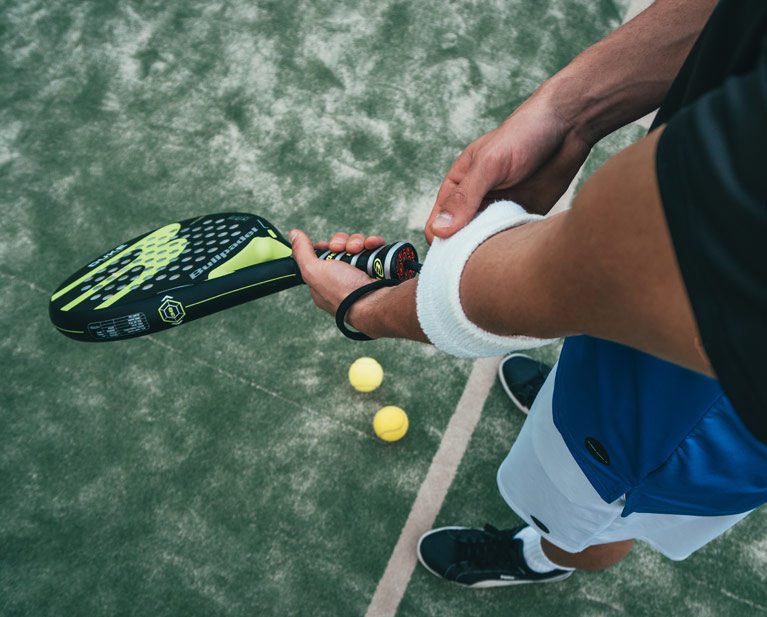Tennis Elbow or lateral epicondylitis, is a frequent overuse injury involving the common extensor tendon of the elbow. This tendon attaches to the lateral epicondyle of the humerus-the bump located on the outer portion of the elbow. Though many have heard of the term tennis elbow, they may not realize that only 5% of people with this diagnosis actually suffer from this injury due to tennis. Often, lateral epicondylitis can be caused by repetitive movements found in manual labor occupations and even everyday activities. Those who may be suffering from lateral epicondylitis often experience pain and tenderness along the outer portion of their elbow. They also tend to complain of difficulty with performance of heavy lifting, gripping, or twisting activities due to pain or even weakness. Though this could be frustrating to experience, physical therapy can help.
![]()
A recent Clinical Practice Guideline from the Journal of Orthopedic and Sports Physical Therapy outlines a variety of treatment options that when used in conjunction with one another are helpful for tackling lateral epicondylitis. The authors have found that a variety of exercises for the wrist/forearm muscles along with those for the shoulders can help to alleviate symptoms. Strength training is typically combined with manual therapy interventions such as soft tissue or joint mobilization. Taping techniques using a rigid tape or more pliable options (kinesiotape) have been shown to decrease lateral elbow pain-though there is conflicting evidence for use of bracing or orthoses to help with this diagnosis. If you are experiencing pain in the lateral aspect of your elbow you may be suffering from lateral epicondylitis. You do not have to deal with this discomfort alone. Come see us today to get started on your road to recovery!





